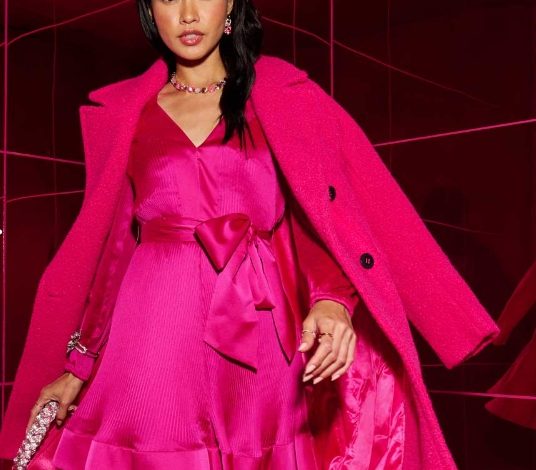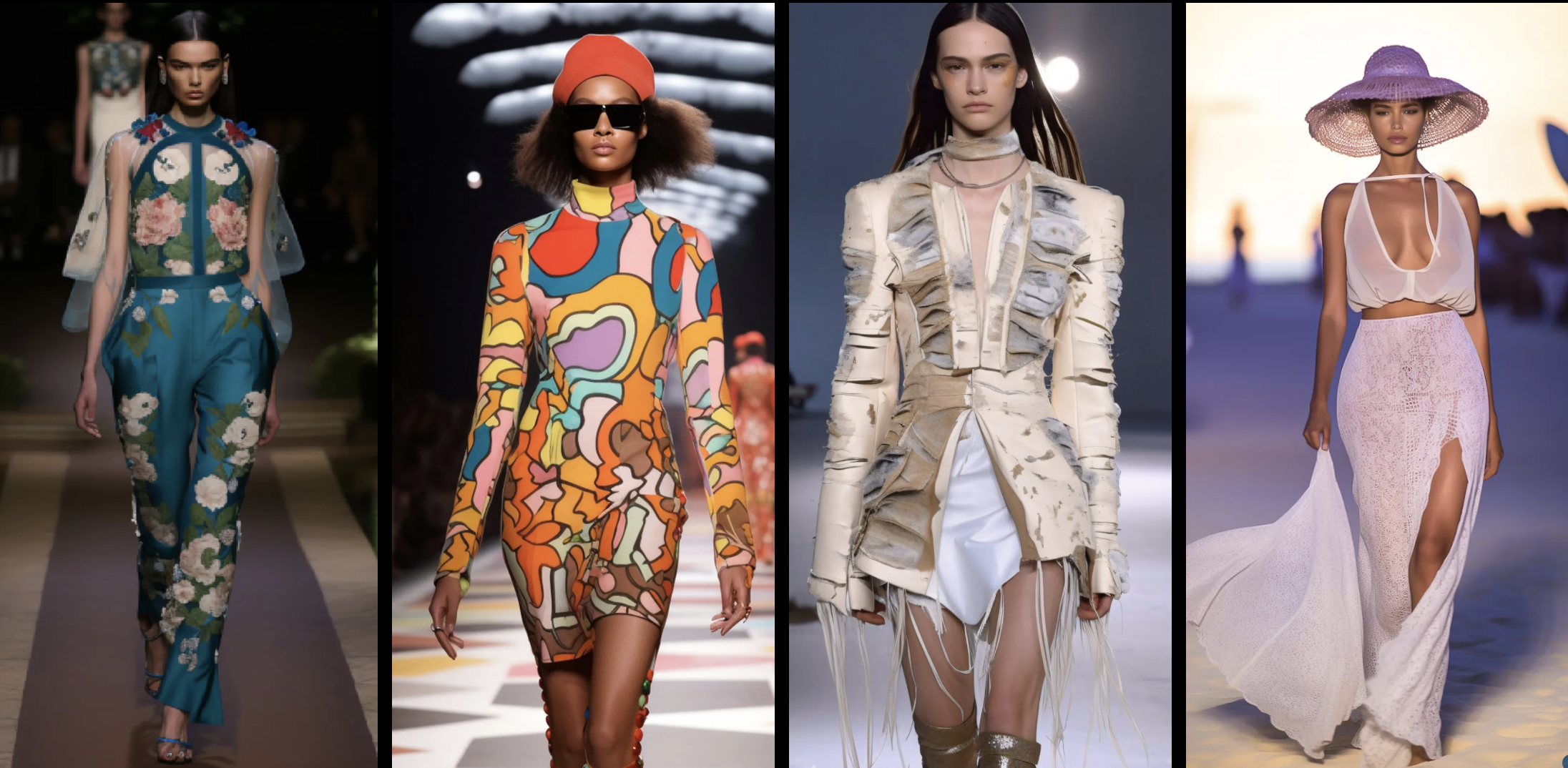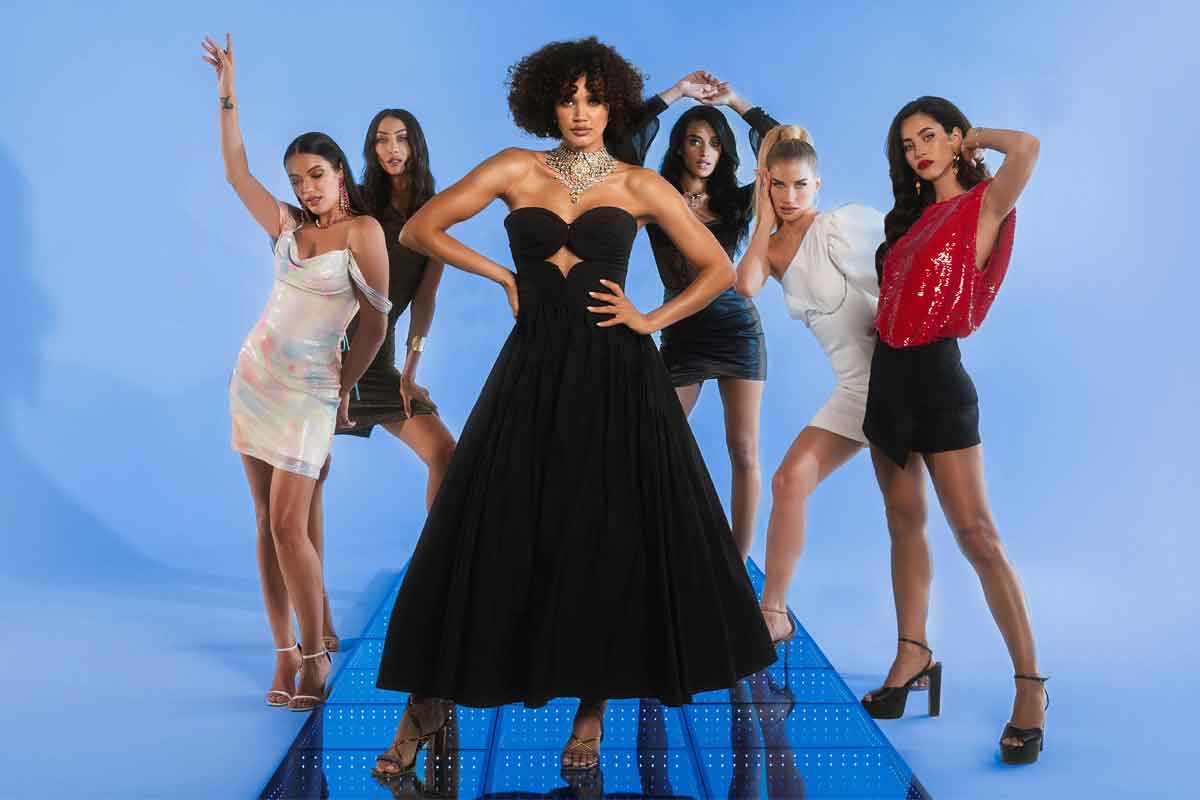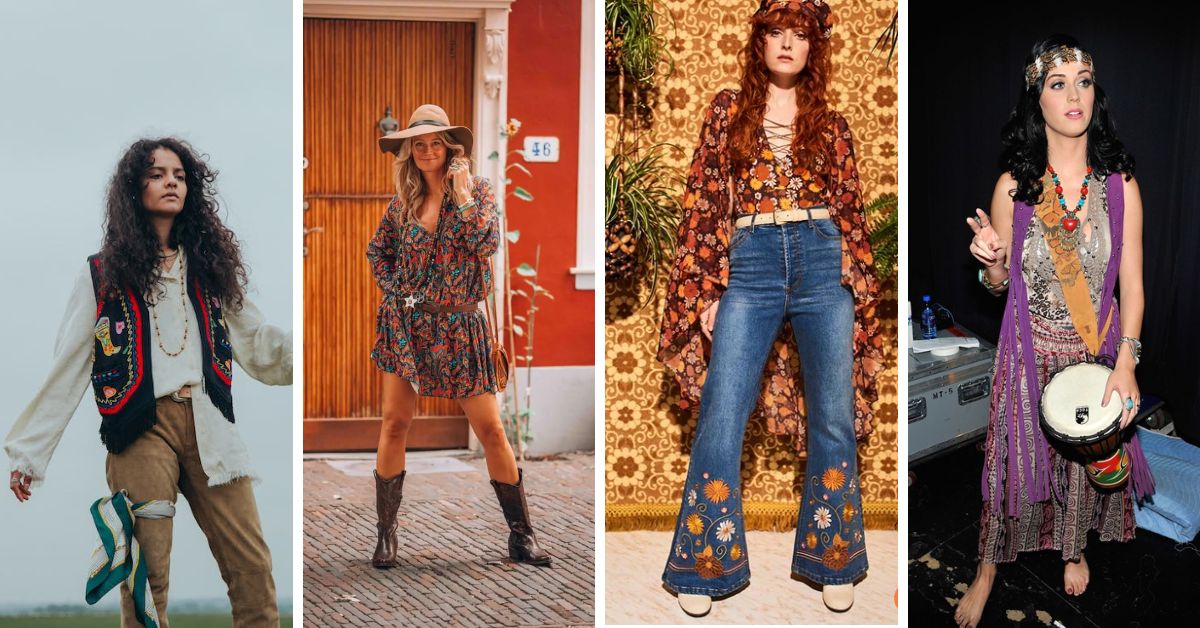
Hippie Fashion: More Than Just Clothes, It’s a Feeling
I remember the first time I discovered the world of hippie fashion. It was like stumbling upon a hidden treasure chest filled with colorful fabrics, flowy silhouettes, and a sense of freedom that seemed to radiate from every stitch. As I explored this captivating realm, I soon realized that hippie fashion was more than just a style; it was a way of life, an expression of individuality, and a rebellion against societal norms.
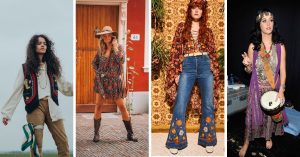
Hippie fashion emerged in the 1960s as a response to the rigid constraints of mainstream society. It was a movement that rejected materialism, embraced peace and love, and celebrated the natural world. The clothes were a reflection of this ideology, with their vibrant colors, bohemian patterns, and unconventional silhouettes. But what I found truly fascinating was that hippie fashion was about so much more than just the clothes themselves.
Hippie fashion was a statement. It was a way to challenge the status quo and show solidarity with the counterculture movement. The clothes became a symbol of resistance, a visual representation of the desire for a more peaceful and harmonious world. By donning these unique garments, individuals were proclaiming their commitment to change, their rejection of inequality, and their belief in the power of love and unity.
But hippie fashion wasn’t just about making a statement; it was also a means of self-expression. The clothes allowed individuals to showcase their creativity, to experiment with different looks and styles, and to defy the conventions of mainstream fashion. It was a celebration of individuality and uniqueness, encouraging people to break free from the mold and embrace their true selves.
For me, hippie fashion became a way to connect with my inner spirit and tap into a sense of freedom I had never experienced before. When I put on those flowing maxi dresses or slipped into a pair of bell-bottom jeans, I felt like I was shedding the expectations and pressures of society and embracing my true self. The clothes became an extension of my personality, a visual representation of my values and beliefs.
But hippie fashion wasn’t just a feeling; it was also a lifestyle. It was about living in harmony with nature, embracing peace and love, and rejecting the materialistic consumer culture that had become so pervasive. It was about finding beauty in simplicity, appreciating the small joys of life, and cherishing the connections we have with one another and the world around us.
And it wasn’t just the clothes themselves that embodied this lifestyle; it was also the way they were made. Hippie fashion celebrated craftsmanship and sustainability, with a focus on natural fibers, handcrafted details, and a commitment to fair trade and ethical production practices. It was a rejection of fast fashion and a recognition of the true value and significance of the items we choose to wear.
In recent years, there has been a resurgence of interest in hippie fashion. People are once again drawn to its vibrant colors, its bohemian patterns, and its free-spirited aesthetic. But more than just a trend, it’s a reminder of the power of self-expression, the importance of individuality, and the need for change. It’s a call to action, a reminder that we have the ability to challenge the norms, to embrace our true selves, and to create a better and more peaceful world.
So the next time you find yourself browsing through vintage shops or attending a music festival adorned in a flowing maxi dress, take a moment to reflect on the deeper meaning of hippie fashion. It’s more than just clothes; it’s a feeling, a lifestyle, and a symbol of hope for a brighter future. Embrace your inner hippie and let your style be a testament to the power of love, peace, and individuality.






